Ghee, Organic 300g
14,95 €
25,78 €/kg
In stock
FRYING AND COOKING WITH TRADITIONAL, GRASS-FED GHEE
Ghee, or clarified butter, has been an essential ingredient in Indian cuisine for centuries. The chemical composition of ghee is stable, making it an excellent choice for cooking and frying in higher temperatures and a good alternative to traditional butter. Because of the high rate of saturated fats, you should not rely your entire fat intake on ghee, no matter how delicious its nutty, full-bodied flavour is.
The toasty, nutty flavour of ghee makes it an exceptionally good choice for Asian dishes. In many of India’s regional cuisines, ghee is used to emphasise flavors of garlic, turmeric and cumin. In the Ayurvedic tradition it is also eaten on its own before a meal to promote digestion.
The difference between traditional butter and ghee is that the water and milk protein have been removed from the latter. It is in fact an organically produced “butter oil”, that is made from fresh, organically certified grass-fed milk from Alpine cows. The cows are free to graze in the Alps, eating Alpine herbs and grass. Ghee does not include any casein or lactose, the typical causes of dairy intolerance, but it is not a dairy-free butter.
Once opened, store in a cool place tightly sealed.
Packed in a factory that handles gluten-free oats, nuts (cashews, Brazil nuts, pecans, macadamias, hazelnuts and walnuts), almonds, sesame seeds, and milk protein.
| Sisältö/Innehål | Luomutuotettu ghee-voi/Ghee smör |
|---|---|
| Alkuperämaa/Ursprungsland | Saksa/Tyskland |
| Pakkauskoko/Förpackning | 300 g |
| Ravintosisältö/ Näringsinnehåll per 100g | Energiaa/Energi: 3768 kJ/900 kcal |
| Ominaisuudet | Gluteeniton, Laktoositon, Luomu, Sokeriton, Vähähiilihydraattinen |
Be the first to review “Ghee, Organic 300g”

Better food for a better tomorrow
Foodin is a Finnish family business that produces and imports organic and natural foods and delicacies. We want to enable and promote a better food culture and offer everyone the opportunity to choose and feel better. The basic principle of our products is simple: they must be good for the wellbeing of the consumer, the farmer and the environment. By choosing our products, you can enjoy high-quality products and be sure of their sustainability and production. With your choice, you support Nordic and Finnish craftsmanship and entrepreneurship as well as provide a better future for farmers and their families.
More about our story

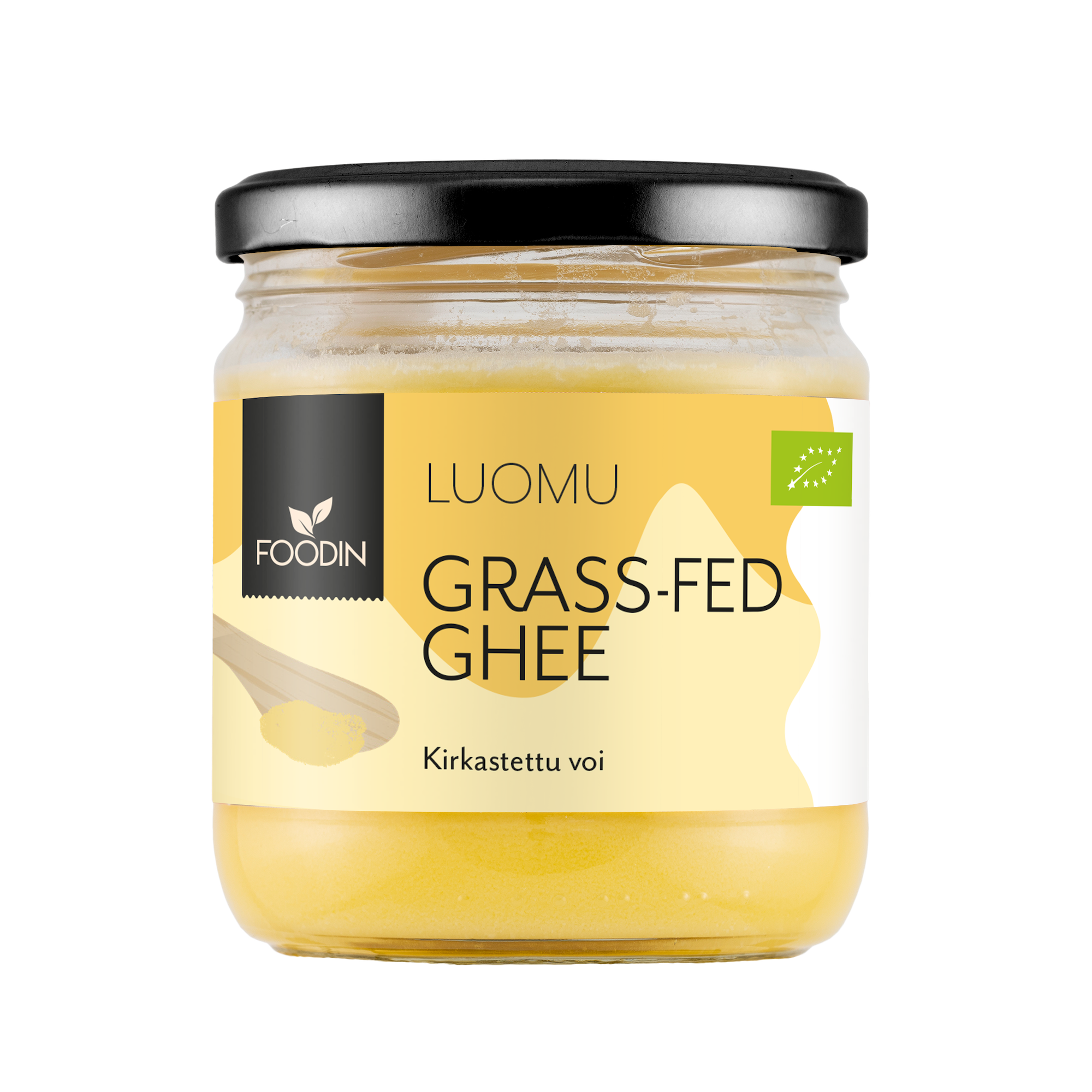
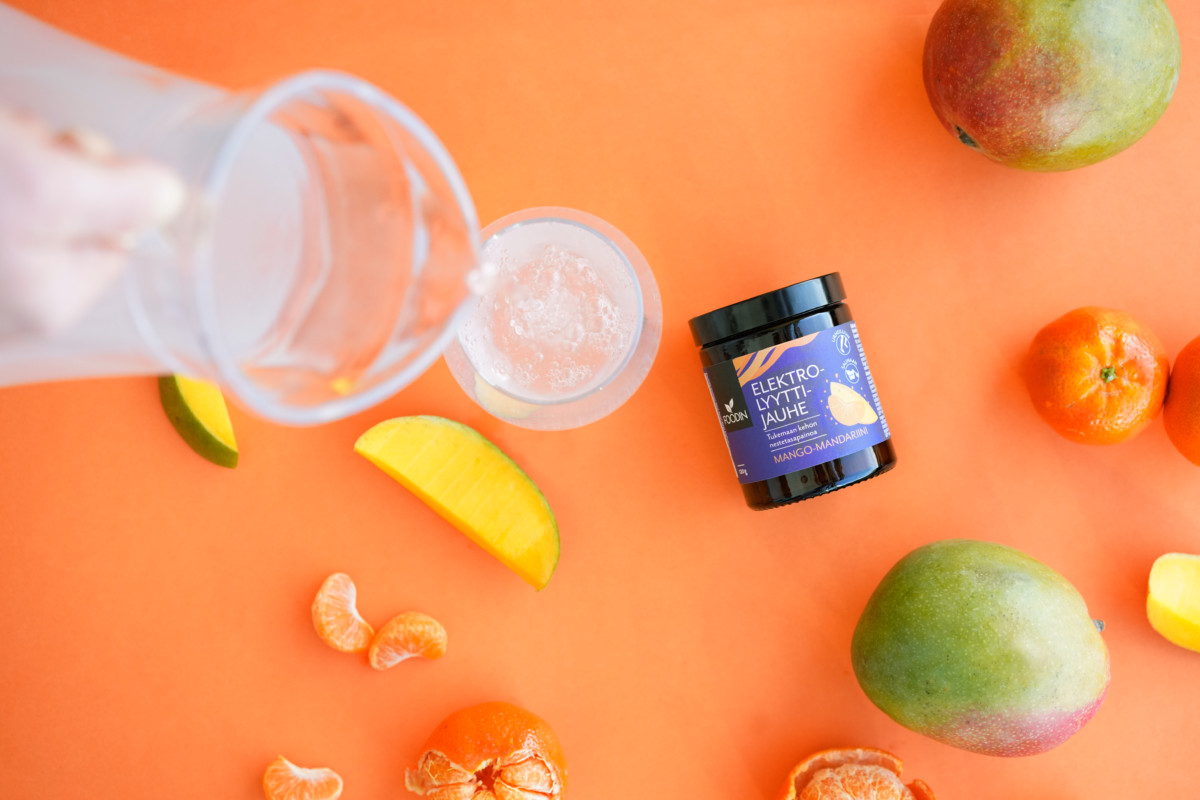








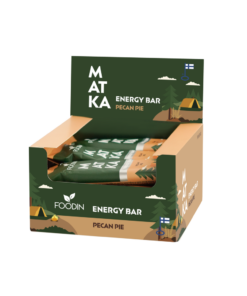

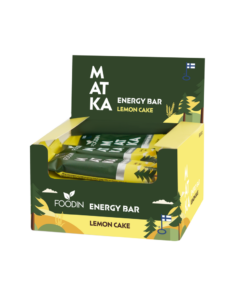
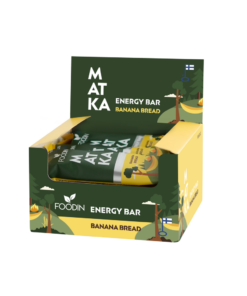
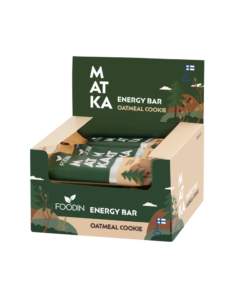

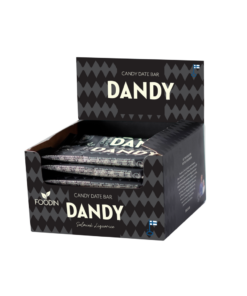
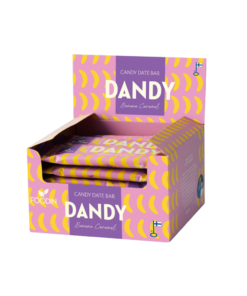
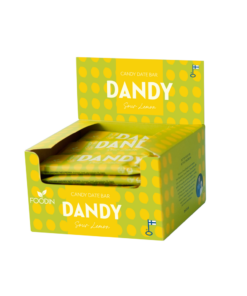
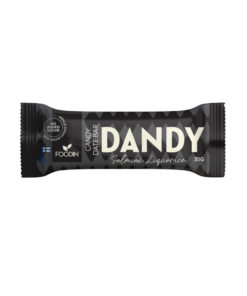

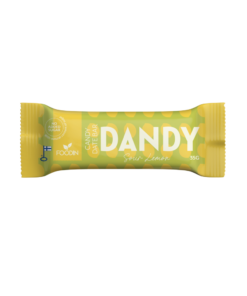
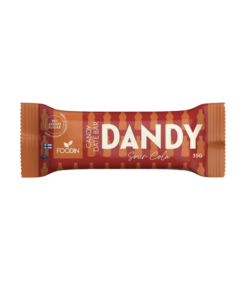

Reviews
There are no reviews yet.